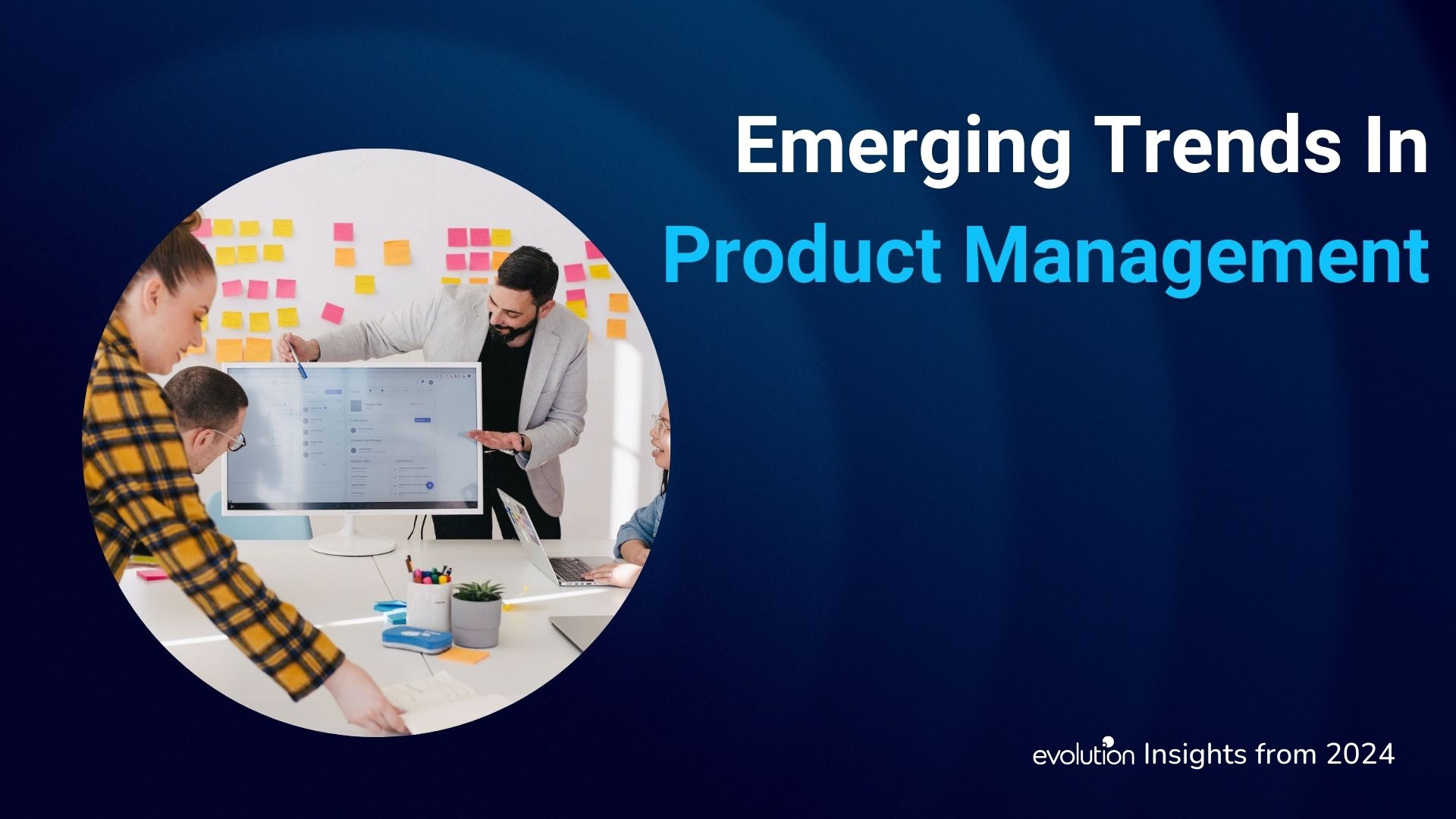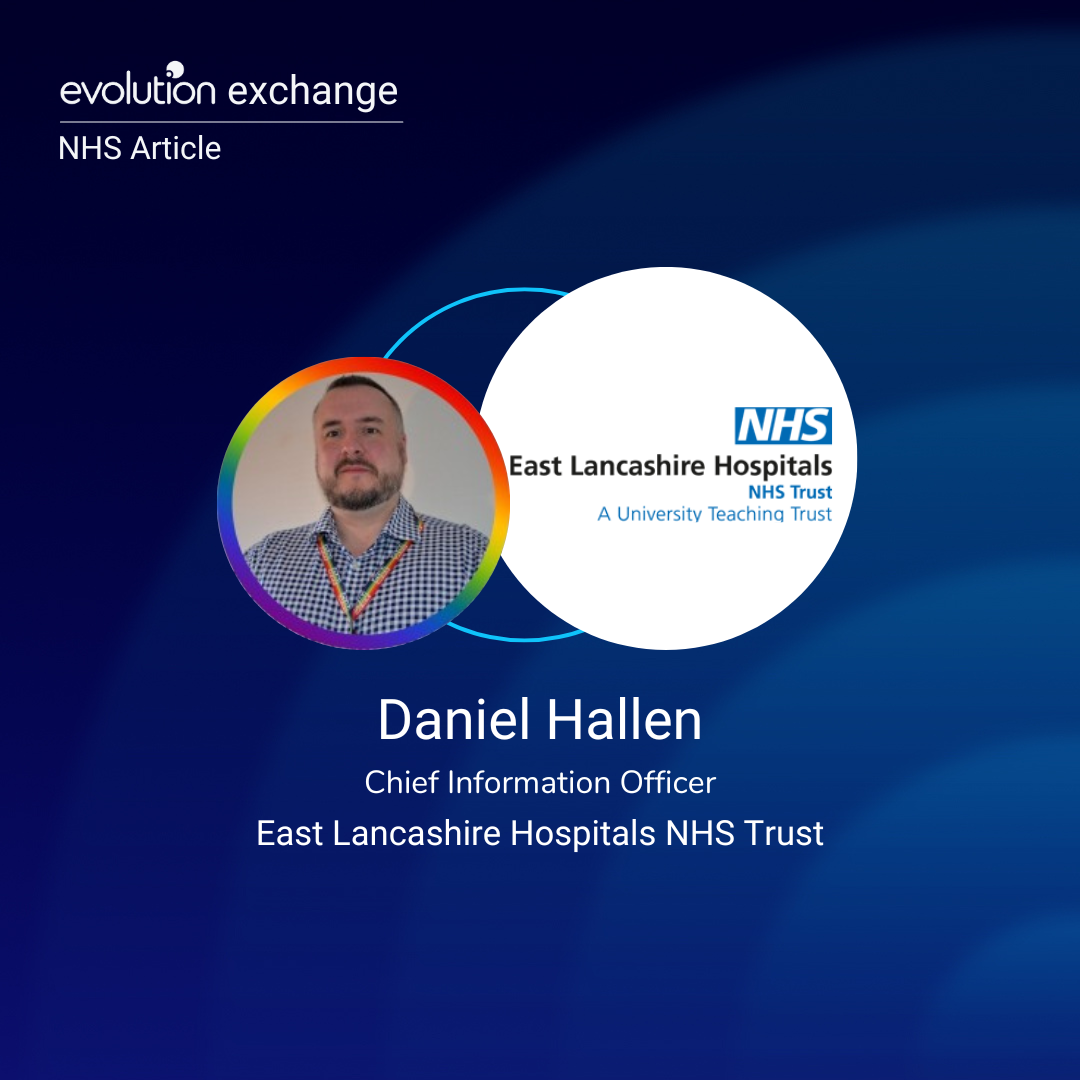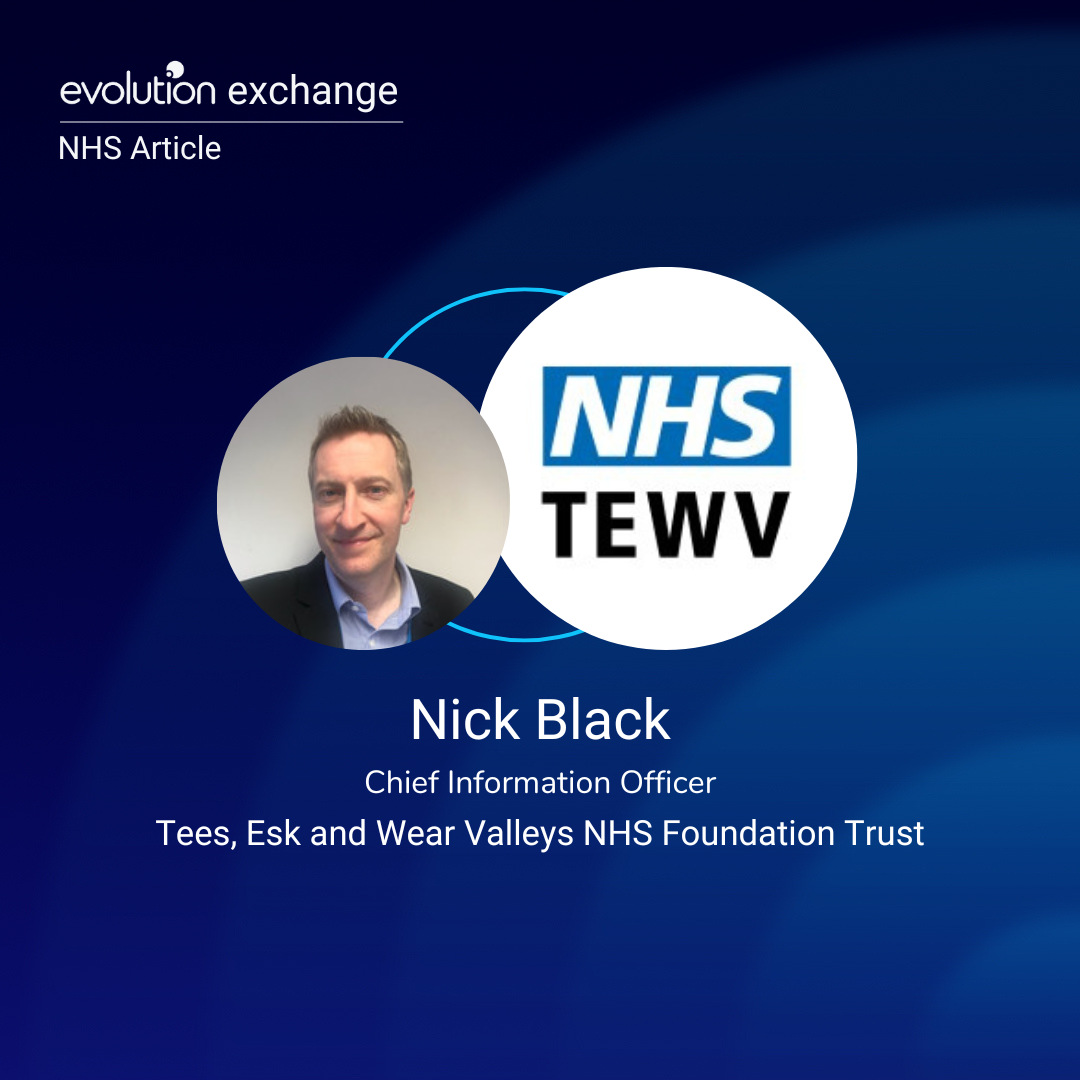In a world where technology is rapidly evolving, leaders who can bridge the gap between clinical expertise and digital innovation are invaluable. Paula Wright, the Chief Nursing Information Officer (CNIO) at Bridgewater Community Healthcare NHS Foundation Trust, has carved out a remarkable path, transitioning from a clinical background to a prominent role in healthcare technology. Her story serves as an inspiration for aspiring female leaders and demonstrates the importance of diverse perspectives in the ever-changing tech landscape.
From Nursing to Digital Trailblazer
Paula’s journey began in 1991 when she qualified as an adult registered nurse. She quickly transitioned into community nursing, becoming a district nurse and later a health visitor. In 2005, a fateful fax changed the course of her career, offering her the opportunity to pursue a master’s degree in advanced practice.
“I qualified as an adult registered nurse back in 1991,” Paula explains. “Initially, I started to work with adults in the hospitals and then quite quickly moved on to the community.”
Embracing this pivotal moment, Paula became an Advanced Paediatric Nurse Practitioner, subsequently taking on various leadership roles within the community. Her natural affinity for digital solutions and her ability to recognise their potential impact on patient care paved the way for her current position as CNIO.
“I was the one who did the social media, always the one that was quite native with tech, ‘Okay, why can’t we send that by text? Why can’t we send that by email?’ And it just grew arms and legs, and then I just seemed to be the right person to be the CNIO,” she explains.
Navigating the Transition to Tech Leadership
While some might assume that a CNIO role requires extensive technical expertise, Paula’s experience proves otherwise. “I don’t think you have to be technical. I think it’s around your leadership ability and having the right people and trusting those people, and then trusting you to get it right,” she asserts.
Paula’s ability to bridge the gap between clinical and technical perspectives has been pivotal to her success. She acknowledges the challenges of translating complex technical jargon into meaningful outcomes for clinicians and patients, emphasising the importance of patience and communication skills.
“I think patience is a really key thing, absolutely spot on negotiation skills,” she notes. “I could quite clearly see a clinical pathway that was digitally enabled, and what a difference that would make not just to clinicians, ultimately to patient care and patient safety. But I wasn’t very good at selling that vision.”
Overcoming Imposter Syndrome and Finding Mentors
Like many successful leaders, Paula has grappled with impostor syndrome, a phenomenon where accomplished individuals doubt their abilities and feel like frauds. However, her participation in the Digital Academy and the support of mentors like Natasha Phillips and Helen Balsdon helped her overcome these feelings.
“The digital academy helped me massively to overcome imposter syndrome,” Paula affirms. “They embraced me within the team. I think it’s been really positive. I think it’s opened up lots of doors for me, especially around going to work regionally.”
Paula’s advice to aspiring tech leaders in healthcare is simple: seek out mentors and get involved in communities of practice. “Have a mentor, reach out, and build that and get yourself involved in that community of practice. That’s how you will learn, that’s where you will get your support from,” she advises.
Challenges and Triumphs in the Digital Landscape
While Paula’s journey has been remarkably successful, it has not been without its challenges. Limited capacity within digital teams, conflicting priorities, and the integration of digital solutions across different healthcare sectors have all posed hurdles along the way.
“We’ve wanted to do so much and just not had that capacity to be able to do it. So that has been and still is a big issue – capacity in our teams,” Paula acknowledges. “Lots of hurdles around competing and conflicting priorities.”
Despite these challenges, Paula remains steadfast in her belief that digital solutions can significantly improve patient care and outcomes. Her frustration stems from the inability to implement these solutions more rapidly due to financial constraints and a lack of understanding of their long-term benefits.
“The outcomes from doing digital can be so good and positive for people. Some people can’t see that actually putting that initial boost of money in will absolutely bring good outcomes financially,” she laments.
A Beacon of Inspiration
Paula Wright’s journey from a clinical background to a leadership role in healthcare technology is a testament to the power of perseverance, adaptability, and a willingness to embrace change. Her ability to bridge the gap between clinical expertise and digital innovation has made her an invaluable asset to the Bridgewater Community Healthcare NHS Foundation Trust and the broader healthcare community.
As a female leader in a traditionally male-dominated field, Paula’s story serves as a beacon of inspiration for aspiring women in tech. Her advice to seek out mentors, engage in communities of practice, and possess patience and strong communication skills resonates across industries and disciplines.
In an ever-evolving digital landscape, leaders like Paula remind us of the importance of diverse perspectives and the transformative power of technology when guided by a deep understanding of clinical needs and patient-centric care.




























